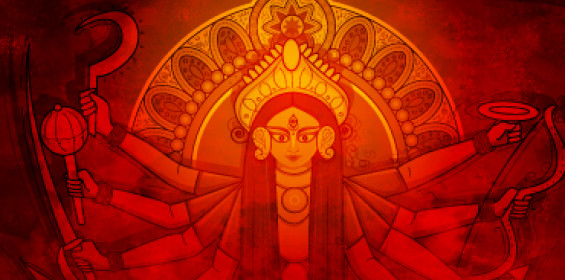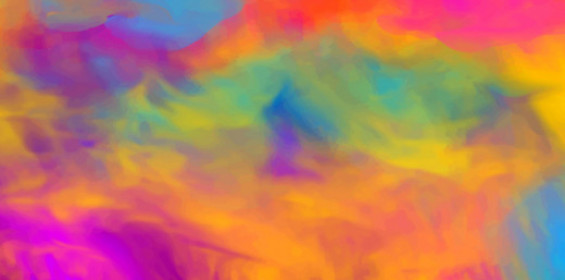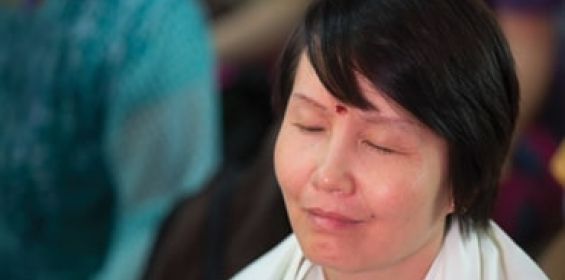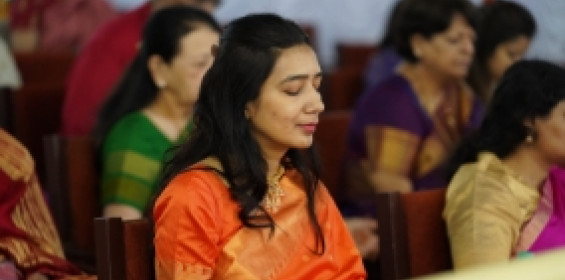Amazing facts about India.
- Why did the Pope like the umbrella in India?
- Why did the British like pyjamas?
- Why is the uniform of the Indian cricket team blue?
It’s thrilling, really. To unearth forgotten facts from our forgotten past. To see the past with new eyes, respect and pride. To discover how connected the world truly is.
Bharath Gyan, a passionate research initiative, is painstakingly dotting the pieces together, foraging amongst lost remnants to keep the glorious past alive and known. Here are some unknown facts about some commonplace aspects of life.

The world adopted khaki
The colour khaki and the thick legwear called khaki have become synonymous with the military uniform and adventure gear the world over. How does this link to India?
When the British soldiers first landed in India, they wore a blue and white uniform. To camouflage themselves in the dusty landscape of northwest India and Lahore, they dyed their uniforms in earthy colors.
Major Hodson requested his brother in England to send drab coloured clothes for their uniform. Since dust is known in Urdu and Hindi as khaki, these mud coloured uniforms, became popular as khaki, the colour of earth.
Quaint comfort of the pyjamas
After multiple victories against the British, Tipu Sultan was finally defeated by them in the battle of Srirangapatnam of 1799. Out of the interesting items the British found in his wardrobes were the sets of pyjamas that Tipu Sultan wore.
Pyjamas, then, were uncommon in England but common in the Orient. English officers found the pyjama, made of cotton, convenient for the hot Indian nights. The word pyjama comes from the Urdu word pair. Pair jamna means clothes that fit the legs. Thus the concept of pyjama as the comfort wear, gained in popularity.
Even the Pope liked this!
Indians sheltered themselves from the heat with an umbrella. One of the earliest use of an umbrella can be traced to the Indian Puranic legends of Vamana, the 5th incarnation, of Vishnu. Vamana was highly learned and a knowledgeable youngster. As a mark of this knowledgeable stature, Vamana carried an umbrella. In ancient India, the use of the umbrella had been generally connected to the divine, the royalty, the nobles and the knowledgeable.

In 1354, an envoy of the Pope visited the Malabar region. His notes to the Pope on the umbrella indicate his unfamiliarity and fascination with the umbrella.
Later, the idea caught on as Jones Hanway made an advertising cartouche and introduced the umbrella to Britain in 1756. The idea of the umbrella was further popularized by a famous statue in the Queen’s Gardens in England, which shows Robinson Crusoe with an umbrella. He embarked on his adventures, sailing from Kingston upon Hull in England.
Indigo, the colour of India
The colour blue is an integral part of India. It is the colour of the chakra or wheel in the Indian flag. It is also the colour of the much loved Indian cricket team. This is no coincidence.

The usage of blue dye in India can be traced back to 2000 BCE across the Coromandel Coast, the Gujarat coast, Bihar, the Gangetic plains amongst others.
India was an expert in the extraction of neel, neelam or the blue dye from the Neelam plant. The colors would come in various shades from light blue to black.
The total process from start to finish took 10 days which involved crushing, fermenting, boiling the soluble neelam leaves. The fermenting liquid was vigorously beaten, and the settled blue dye was filtered out and shaped into cakes. The blue dye was then transported to different parts of the world from India.
It travelled the world:
- In Egypt, the Arabs called it ajrak. Ikat fabric in Indigo blue found in a Pharaoh’s tomb in Fostat near Cairo.
- The continued tradition of ajrak can be seen in Barmer in Rajasthan, Kutch in Gujarat, and Sindh in Pakistan.
- A fabric dyed in this color was found wrapped around a vase in the excavations of the 5,000-year-old Harappan civilization.
- Large dying vats in clay were discovered at Lothal, the ancient trading port near Gujarat, dating to Harappan times.
- References of this Indian dye can be found in the Bible.
- It also went eastwards to Japan and China, from the Coromandel Coast and Bengal through Chinese and Okinawa traders.
- The blue dye came to be known as Ai-zome in Japan.
Over centuries, the colour blue in the dye has been known as indigo blue. It’s simply because India ruled the trade of blue dyes across the world and indigo stood for the colour from India.

The perfect red dye - the Indian Madder
A plant dye that grew popular in the world, was the red dye, called Indian madder. It was extracted from the root of a plant called manjishta. This root also has medicinal properties and was used to cure various ailments such as asthma, skin and blood disorders.
The red dye extracted from the root bark of these plants was used to impart a red colour to cotton, wool and silk fabrics. When mixed with other shades, it would yield other colors - yes, the entire spectrum of the rainbow! This natural vegetable root dye was also used for painting.

It conquered the world:
- Madder has been used as a colorant for dyeing textiles in ancient India, Persia, and Egypt.
- Manjishta was used by the sanyasis to dye their clothes in saffron also known as kshayam.
- A piece of purple coloured cotton cloth recovered from the Mohenjo Daro site revealed the use of madder, in its dyeing.
- The same burnt orange red colours were also found in the Jomon tombs in Japan.
The tropical climate along the coast was favorable for its growth, extraction and export. The people who extracted this dye were enslaved into bonded labour and exploited by the Dutch to keep the dye trade going.
Interestingly, in 1868 Carl Graebe and Carl Liebermann discovered the synthesis of the organic compounds responsible for the red color. Soon the natural Madder dye was replaced by chemical equivalents as the process was simpler. The chemical red shades found their way across the world including back to India.
The material has been sourced from @bharathgyan. This research team, led by a passionate husband-wife duo - Dr. DK Hari and Dr. Hema Hari, unearth some of India’s untold stories and make them contemporary. You can click here to buy any of their books on Indian civilisation.































